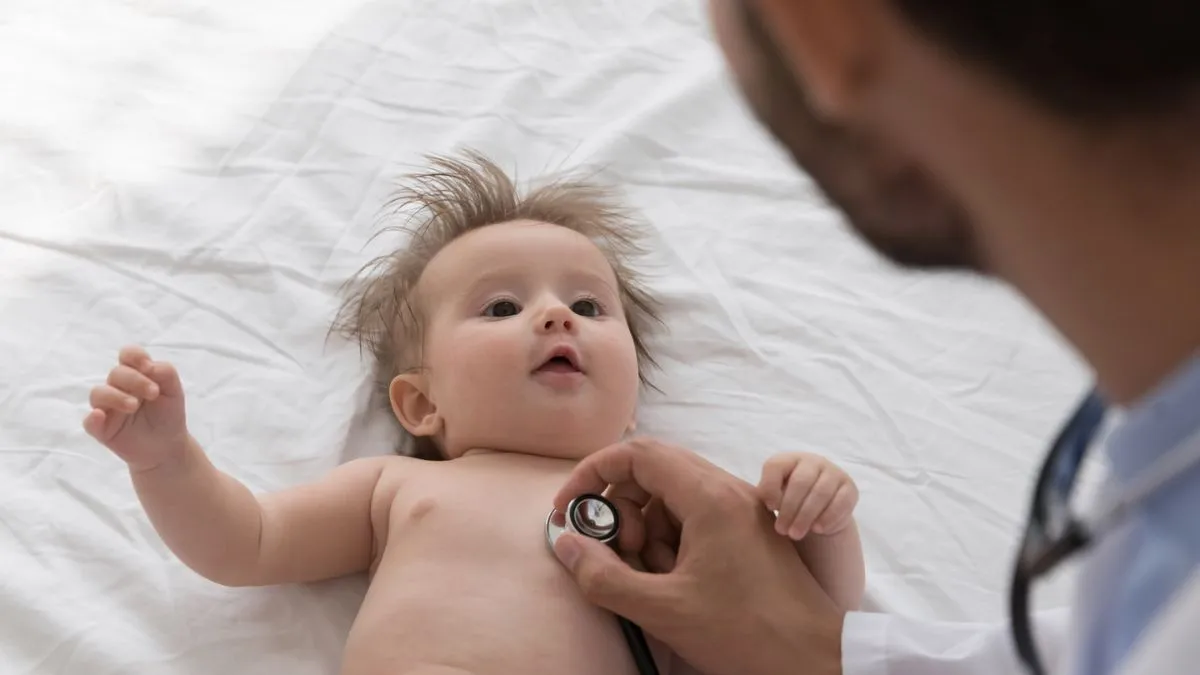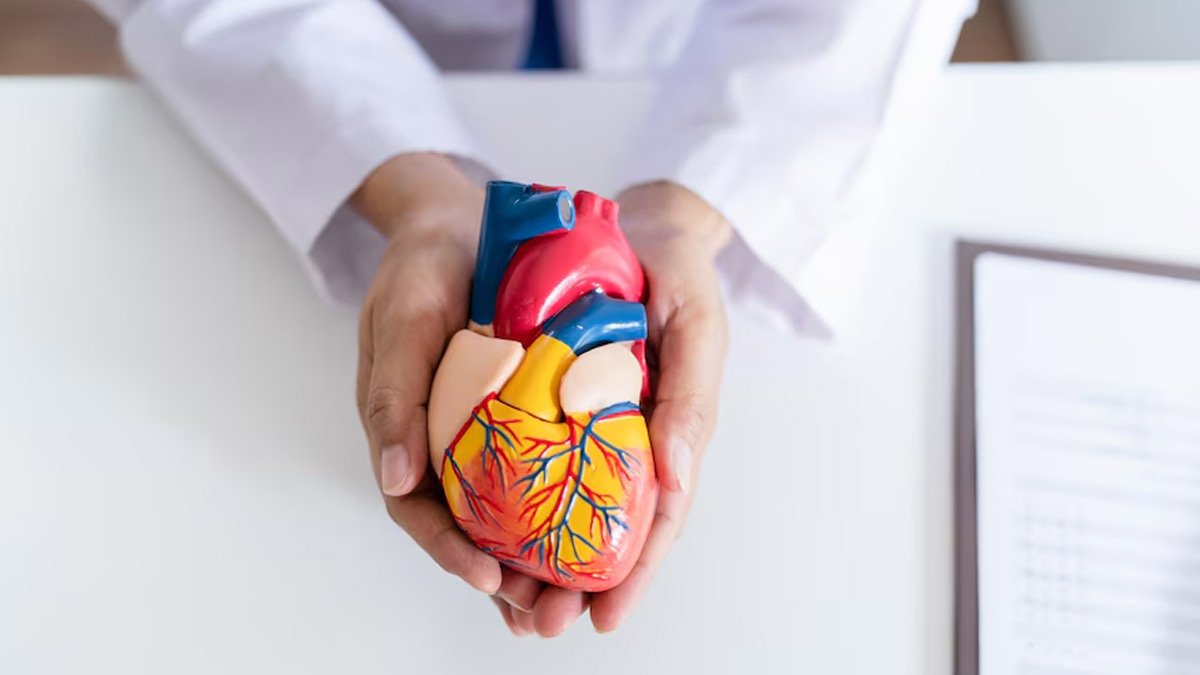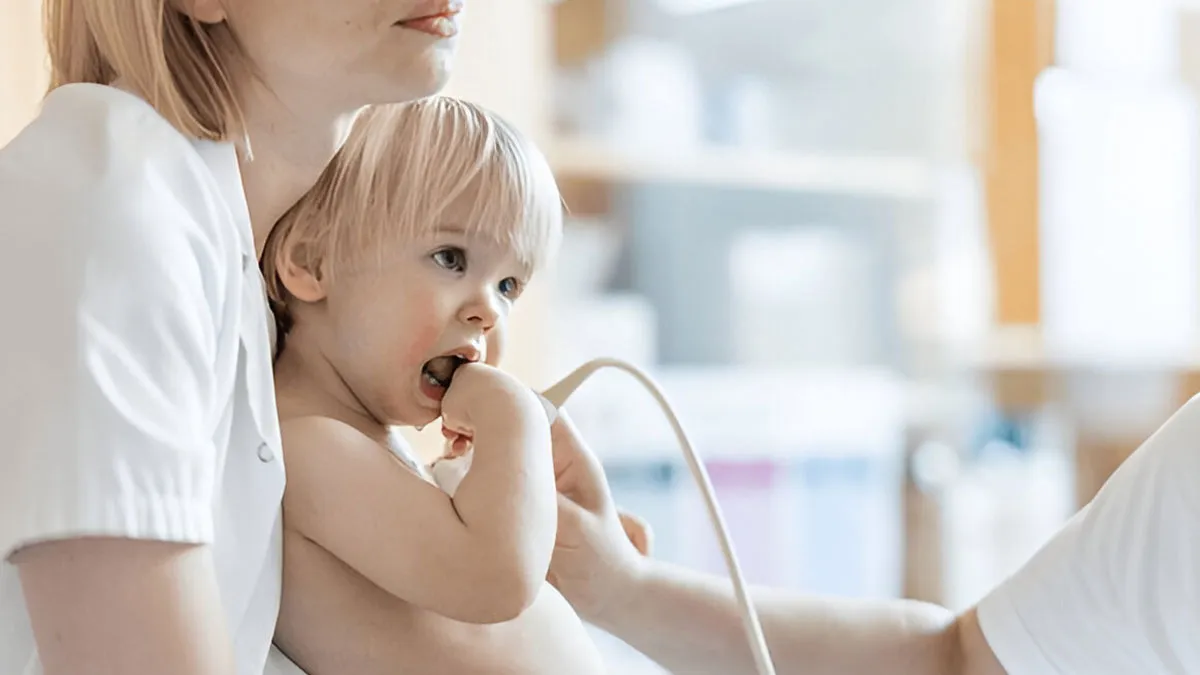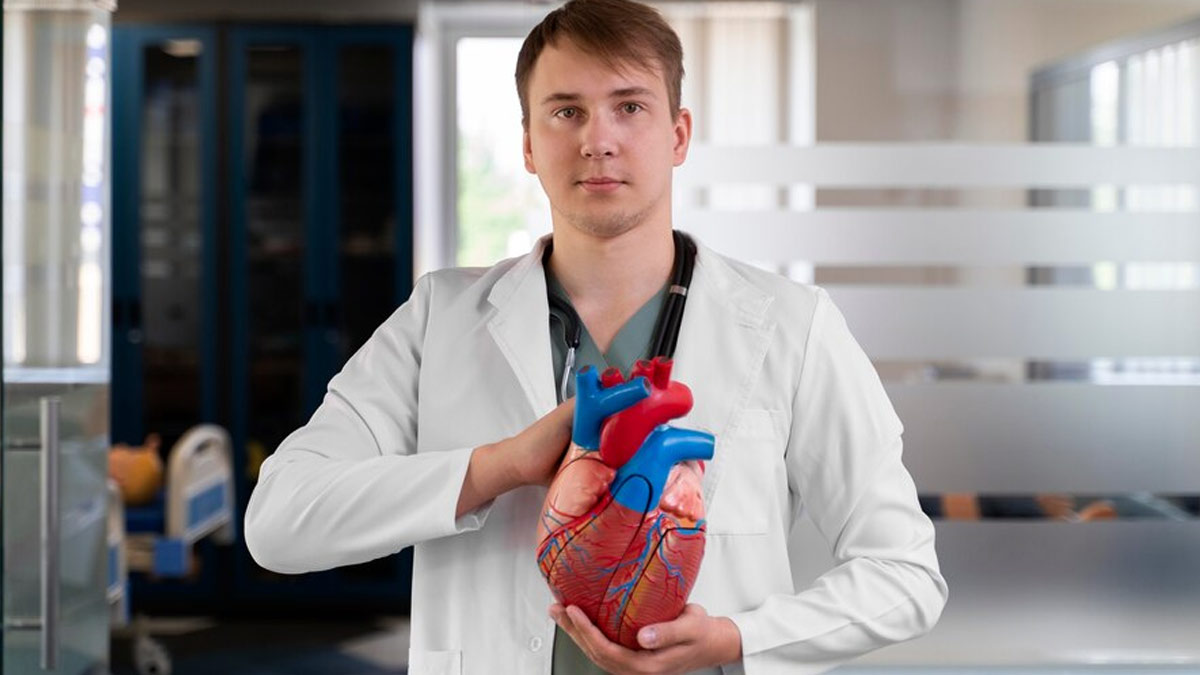
When a child is diagnosed with a heart defect, most parents are hit with the same fearful thought, “Will my child ever grow out of this?” It’s a deeply human reaction, one that mixes love, worry, and hope. Some children with minor defects indeed get better with time, while others need medical help to correct the problem. Understanding why this happens can make the journey less frightening and more manageable.
Table of Content:-
What 'Heart Defect' Really Means![]()
According to Dr Prashant Prakashrao Patil, Senior Consultant, Interventional Pediatric Cardiologist at Care Hospitals, Banjara Hills, Hyderabad, “When a child is diagnosed with a heart defect, parents often ask if the condition will disappear as the child grows. The truth is, it depends on the type and severity of the defect. Some heal naturally, but others need timely medical intervention.”
A congenital heart defect (CHD) is a structural problem in the heart that a child is born with. Dr Patil explains, “The key is identifying how much the defect is affecting the child’s blood flow and growth.” It could be as simple as a small hole in the heart wall or as complex as a defect involving the valves, vessels, or chambers. In India, CHDs are among the most common birth conditions. Some defects are minor and close on their own. Others can be serious and may require early surgery.
ALSO READ: Doctor Speaks: Why Herbal Wellness Matters in a World Dominated by Chemicals
The Cases That Improve with Growth
Some heart defects truly do get better as a child grows. These are usually small, uncomplicated defects that the body can repair on its own. Dr Patil lists down common examples, including:
- Atrial Septal Defect (ASD) or Ventricular Septal Defect (VSD): Small holes in the heart walls that can close naturally as the child grows.
- Patent Ductus Arteriosus (PDA): A vessel that normally closes after birth but sometimes remains open. In premature babies, it may close on its own within weeks or months.
“In many infants, we simply monitor these small defects,” says Dr Patil. “The heart has an amazing ability to heal. Sometimes, doing less, just observing, is the right approach.”
The Defects That Do Not Self-Correct
Not all heart defects have this healing potential. Larger holes, severe valve malformations, or defects involving complex blood vessel structures don’t close on their own.
If left untreated, these can cause:
- Enlargement of the heart
- Excess blood flow to the lungs
- Damage to the heart muscle over time
Parents should also watch for warning signs such as:
- Poor weight gain
- Fatigue while feeding or playing
- Excessive sweating
- Frequent chest infections
“These are not normal growing pains,” cautions Dr Patil. “They could be signs that the heart is struggling.”
Why Some Defects Heal and Others Don’t
Dr Patil says the difference depends on several factors:
- Size and Location: Small, simple defects have a better chance of closing naturally.
- Effect on Blood Flow: Defects that significantly disturb normal circulation rarely improve on their own.
- Timing of Diagnosis: Early detection gives doctors time to monitor changes and act before complications appear.
He adds, “No two cases are identical. Even two children with the same defect may have very different outcomes.”
The Role of Regular Follow-Ups![]()
Even if doctors recommend a “wait and watch” approach, regular follow-ups are essential. A defect that looks harmless early on can become problematic later.
Routine monitoring includes:
- Echocardiography (heart scans) to check heart structure and function
- Growth tracking to ensure proper weight and development
- Symptom checks to catch any new or worsening signs
- Skipping follow-ups, says Dr Patil, can mean missing the window for safe and effective treatment.
Advances in Treatment
The good news? Medical progress has changed the outlook for children with heart defects. Many conditions can now be treated without open-heart surgery. “Today, we use thin tubes called catheters to close small holes or open blocked valves,” says Dr Patil. “Children recover quickly and often go home within a day or two.”
When surgery is needed, outcomes are overwhelmingly positive. Most children go on to lead normal, active lives, attending school, playing sports, and growing just like their peers.
ALSO READ: Laparoscopy vs Open Surgery: Which Is Safer and Less Painful?
Takeaway for Parents
Every child’s heart condition is unique. Some defects close naturally; others need medical help. What matters most is early detection, regular monitoring, and timely treatment. Children’s hearts are resilient. With the right care at the right time, many children born with heart defects grow into healthy, active adults.
How we keep this article up to date:
We work with experts and keep a close eye on the latest in health and wellness. Whenever there is a new research or helpful information, we update our articles with accurate and useful advice.
Current Version
Oct 19, 2025 15:55 IST
Published By : Vivek Kumar


